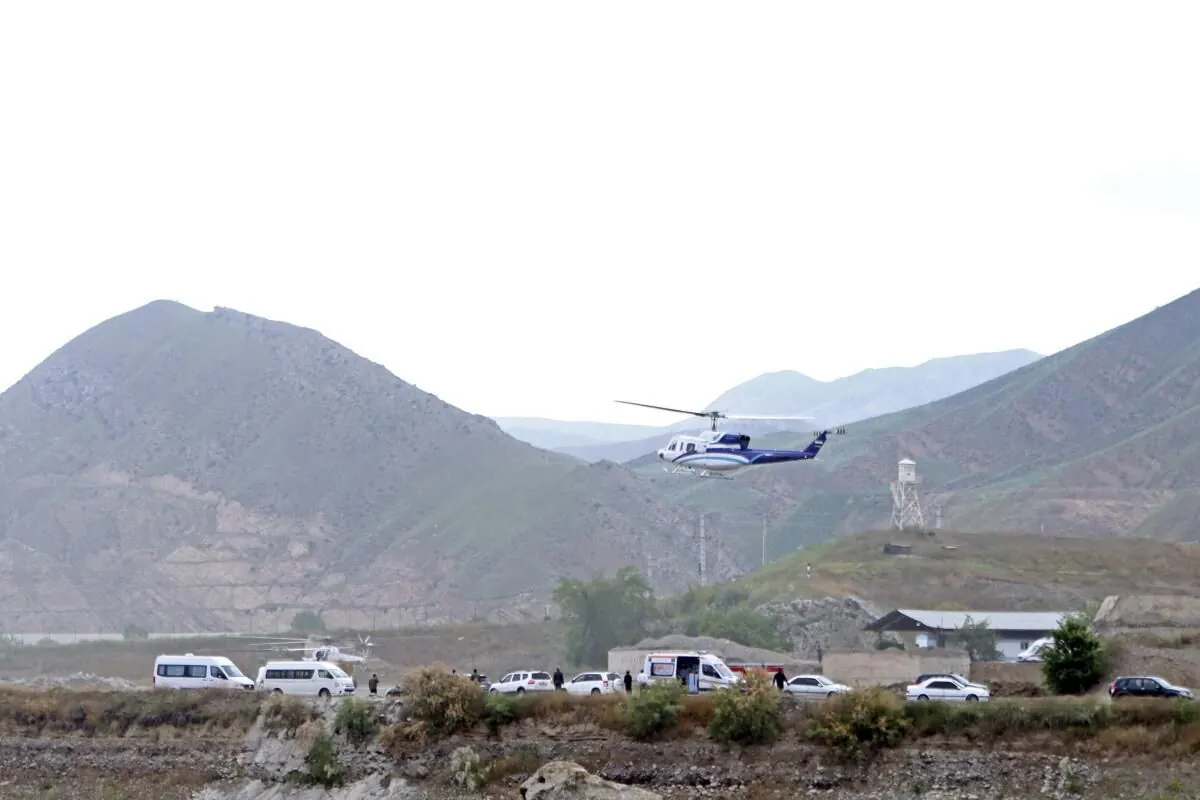Iranian Probe Reveals Weather as Cause of Fatal Presidential Helicopter Crash
An official investigation concludes that challenging weather conditions led to the May helicopter crash that claimed the lives of Iran's President Raisi and seven others in northwestern Iran.

Four months after a tragic helicopter accident in northwestern Iran, an official investigation has concluded that adverse weather conditions were the primary cause of the crash that claimed the lives of Ebrahim Raisi, Iran's President, and seven others. The incident, which occurred in May 2024, sent shockwaves through the nation and the international community.
The Supreme Board of the General Staff of the Armed Forces, responsible for the investigation, released its findings on September 1, 2024. According to the report, the main factor contributing to the accident was the complex climatic conditions typical of the region during spring. The investigators highlighted the sudden appearance of a dense fog bank as the helicopter approached the mountainous area, leading to a collision with the terrain.

Notably, the report explicitly stated that no evidence of sabotage was found in the aircraft's systems or components. This conclusion addresses potential speculation about foul play, given the high-profile nature of the victims.
Among the eight individuals who perished in the crash was Hossein Amirabdollahian, Iran's Foreign Minister. The loss of these key government officials has had significant implications for Iran's political landscape and international relations.
The tragic event underscores the challenges faced by aircraft operating in mountainous regions, where weather conditions can change rapidly. Iran's diverse topography, characterized by rugged mountain ranges like the Alborz and Zagros, contributes to complex atmospheric phenomena, including sudden fog formation due to temperature inversions.
This incident has brought attention to the need for enhanced safety measures and weather monitoring systems for flights in challenging terrains. It also highlights the vulnerabilities even high-ranking officials face when traveling in such conditions.
The loss of President Raisi, who had been in office since August 2021, has created a leadership vacuum in Iran's theocratic republic. As the country grapples with ongoing international sanctions and efforts to diversify its oil-dependent economy, the sudden change in leadership adds another layer of complexity to Iran's domestic and foreign policy challenges.
As Iran mourns the loss of its leaders and works to fill the void left by this tragedy, the incident serves as a somber reminder of the unpredictable nature of mountain aviation and the importance of stringent safety protocols.


































